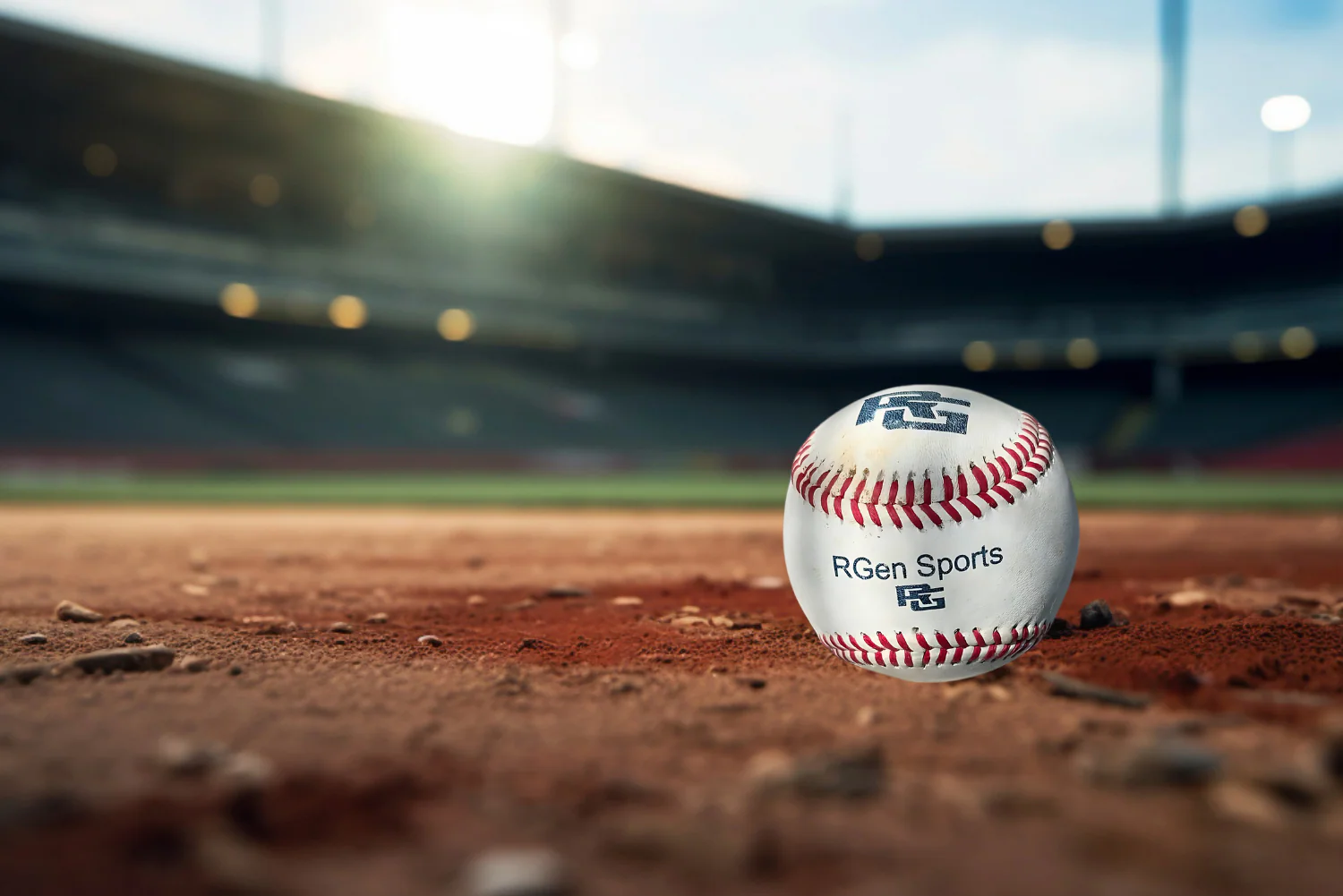If you’ve ever stepped onto a well-prepared baseball field, you know the feeling—it’s clean, smooth, and game-ready. But have you ever thought about the work and equipment that make it possible? Behind every successful game is a collection of tools, machines, and gear that keep the playing surface safe, functional, and professional.
The truth is, Baseball field equipment is more than just bats and balls. It includes everything from bases and pitching mounds to turf maintenance tools and batting cages. Each piece is designed for a specific purpose, built with durability and performance in mind. Without the right equipment, games can’t run smoothly, and players can’t perform at their best.
In this article, we’ll go behind the scenes to understand how baseball field equipment is designed, built, and maintained for long-term performance. We’ll also see how training tools like Indoor batting cages and Outdoor batting cages fit into the bigger picture of preparing players and maintaining fields.
The Scope of Baseball Field Equipment
Baseball field equipment covers a wide range of items. On game day, you see the bases, home plate, pitching mound, and foul poles. But in the background, there are other tools—drag mats for leveling dirt, chalkers for marking lines, turf mowers, water removal tools, and protective screens.
Here are the broad categories:
-
Gameplay equipment – Bases, pitching rubbers, home plate, foul poles.
-
Training equipment – Batting cages, pitching screens, hitting mats.
-
Maintenance tools – Line markers, field drags, water removers, mowers.
-
Protective gear for fields – Tarps for the infield, base covers, mound covers.
The quality and design of these items matter because they affect both player safety and game flow.
How Baseball Field Equipment Is Designed for Performance
Every piece of baseball field equipment is designed with certain goals in mind: durability, safety, and function. Manufacturers study the way the game is played, the conditions fields face, and the needs of players and groundskeepers.
1. Material Selection
Performance starts with materials. For example:
-
Bases are made of heavy-duty rubber with beveled edges to reduce tripping hazards.
-
Pitching rubbers use molded rubber over a wooden core to hold their shape.
-
Home plates are anchored with metal spikes for stability.
-
Field drags use aluminum frames with steel mesh for even leveling.
These materials are chosen for weather resistance and the ability to handle repeated use.
2. Player Safety
The design process always factors in injury prevention. Breakaway bases, for example, reduce sliding injuries. Cushioned mats in batting cages protect players’ joints during repetitive swings. Even the texture of turf is considered—too soft and it slows players down, too hard and it risks impact injuries.
3. Weather Resistance
Fields face rain, sun, and wind. Equipment like foul poles are powder-coated to resist rust. Tarps are UV-treated so they don’t crack. Turf mats have drainage features so they don’t hold water.
Building Field Surfaces: The Foundation of Play
Before equipment is even placed, the field surface itself is built for performance. This is where maintenance equipment plays a big role.
Infield Dirt and Maintenance Tools
The infield mix is carefully balanced—about 60–70% sand, 20–30% clay, and 10% silt. This ensures the surface drains well but still holds together for predictable bounces. Drag mats are used before and after games to level the surface.
Turf Care
For grass fields, mowers keep blades at the correct height—usually 1–1.5 inches in the infield and 2–3 inches in the outfield. Turf rollers smooth out irregularities.
Synthetic turf fields use infill and require grooming machines to redistribute material evenly.
The Role of Batting Cages in Field and Player Development
Batting cages are often seen only as player training tools, but they are also an important part of managing field wear and tear. By allowing players to practice in Indoor batting cages or Outdoor batting cages, groundskeepers reduce the impact on the main field. This keeps turf, dirt, and foul lines in good condition for game day.
Indoor Batting Cages
Used year-round, they protect players from weather interruptions and offer a controlled environment for hitting drills. The flooring is often turf or a hitting mat that mimics game conditions.
Outdoor Batting Cages
Placed near the field, these are built with weather-resistant netting and frames. They keep practice close to the game surface without damaging the infield.
Innovation in Baseball Field Equipment
Over the years, baseball field equipment has evolved to meet higher performance demands.
-
Laser-guided line markers now ensure perfectly straight foul lines.
-
Portable pitching mounds allow multiple age groups to use the same field.
-
Modular batting cages can be moved and reconfigured for different drills.
-
Moisture sensors help groundskeepers know when and how much to water.
Each innovation aims to make setup faster, maintenance easier, and gameplay smoother.
Maintenance and Longevity of Equipment
Even the best gear won’t perform if it’s not cared for properly. Grounds crews have maintenance routines for everything:
-
Bases are cleaned and checked for wear weekly.
-
Nets in batting cages are inspected for tears.
-
Tarps are dried and folded to prevent mildew.
-
Drag mats are stored off the ground to avoid bending.
Well-maintained equipment not only lasts longer but also performs consistently.
Why Quality Baseball Field Equipment Matters
High-quality Baseball field equipment affects:
-
Safety – Preventing injuries from poor equipment design.
-
Performance – Helping players train and play effectively.
-
Field appearance – Keeping a professional look that reflects well on the team or facility.
-
Efficiency – Saving time for groundskeepers with reliable tools.
A professional-looking, well-maintained field inspires confidence in players and adds to the game-day atmosphere.
Conclusion
When you watch a baseball game, most of the focus is on the players. But behind the scenes, the field itself and the tools that keep it ready are working just as hard. From the bases to the batting cages, each piece of equipment is built with a purpose: to ensure safety, durability, and the best possible playing conditions.
Investing in quality Baseball field equipment is not just about appearance—it’s about creating a consistent, safe, and professional environment for every game and practice.
FAQs
1. What is the most important piece of baseball field equipment?
It depends on the context, but bases, home plate, and pitching rubber are essential for gameplay, while maintenance tools like drag mats are critical for field upkeep.
2. How often should baseball field equipment be replaced?
With proper maintenance, many items can last several seasons. However, safety gear like breakaway bases should be inspected before each season.
3. Can the same equipment be used for both youth and adult leagues?
Yes, but some items like pitching mounds and base distances are size-specific. Portable or adjustable equipment is ideal for multi-age facilities.
4. What’s the benefit of using batting cages for field maintenance?
Batting cages help players practice without wearing down the main field, keeping it in better shape for games.



